CleanBC Or Fossil Fuels
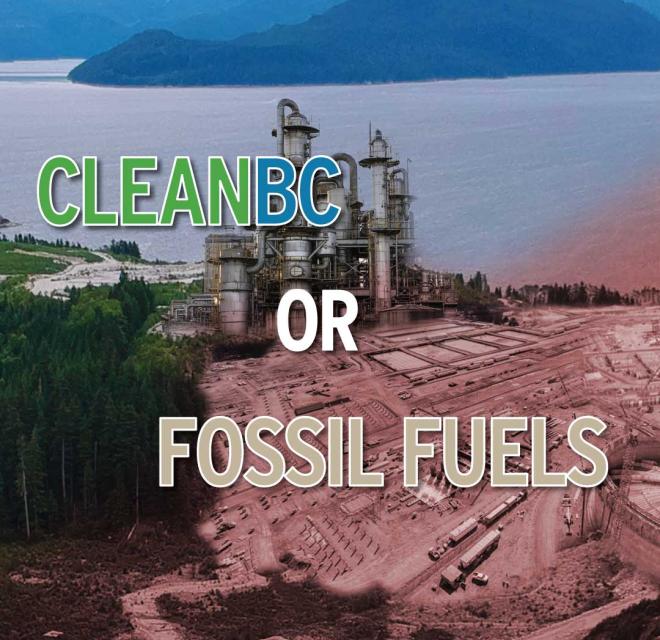
CLIMATE PLAN HAS AN LNG-SIZED HOLE IN IT
For five years since the launch of the provincial government’s CleanBC climate plan, the Wilderness Committee and our allies have often pointed out that its math doesn’t add up. No matter how many times the BC NDP government insists it can meet its climate commitments and build a brand new fossil fuel export industry, it doesn’t make it true. Liquefied natural gas (LNG) facilities would be massive new sources of pollution with all the fracking to shatter open shale rock deep underground to extract the gas required to fill them.
B.C. has promised to drastically reduce its greenhouse gas emissions. Environment Minister George Heyman assured us the province could build the first phase of LNG Canada and Woodfibre LNG and stay within CleanBC’s targets. However, Heyman’s own data shows he is not on track to meet these targets for 2025 because LNG Canada is due to come online that same year. And that’s only with the pollution from this single facility.
Now, there are three more LNG proposals: Tilbury LNG, Cedar LNG and Ksi Lisims LNG, as well as the second phase of LNG Canada. If all five facilities are built, they will exceed the province’s sectoral target for the oil and gas industry more than threefold. Yet three have all the permits they need for construction, and another two are moving through the process as if B.C.’s climate commitments don’t matter.
History has shown how challenging it is to achieve even modest reductions in climate pollution without adding major new industrial projects that make it harder to do so.
Nothing in the BC NDP government’s plan prevents these LNG proposals from completely derailing its entire climate strategy. Yet nobody seems to think that’s a problem. Premier David Eby agreed before he took office, “we cannot continue to expand fossil-fuel infrastructure and hit our climate goals.” But mere months later, he approved Cedar LNG. Perhaps it shouldn’t be surprising when his government was lobbied more than 500 times by the gas industry last year.
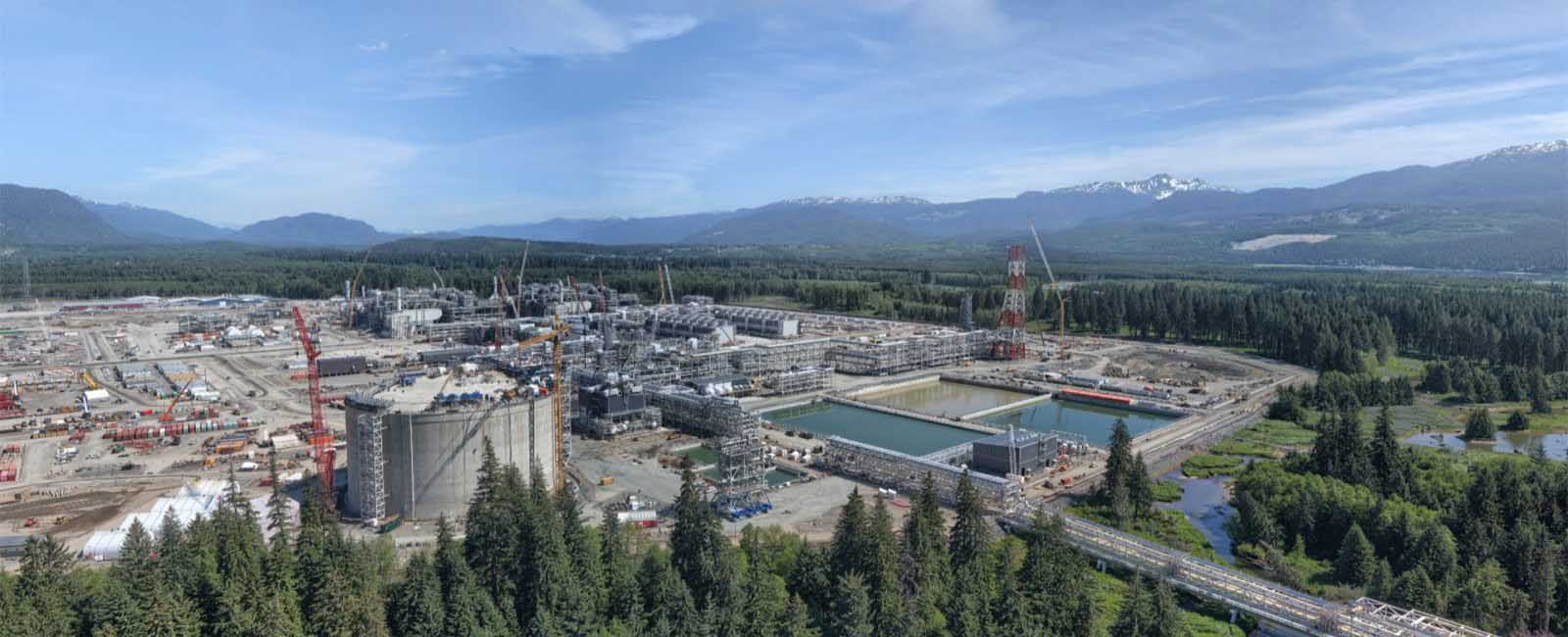
Too many elected officials, public servants and members of the media accept the province’s claims that it can square this circle. It’s not possible. History has shown how challenging it is to achieve even modest reductions in climate pollution without adding major new industrial projects that make it harder to do so. At this point, the province is still simply assuming the oil and gas sector will meet its target despite approving new facilities that would make it impossible.
- Get fossil fuels out of B.C.’s climate plan
-
Last year, the province introduced a new energy framework that proposes to apply a carbon price to oil and gas emissions above a certain threshold and requires new LNG plants to limit pollution and buy carbon offsets. The framework also launches a BC Hydro task force to figure out where B.C. will get all the clean energy it needs and — crucially — whether it will use it for climate action or to greenwash fossil fuel exports.
It’s unclear whether any of this will prevent these LNG facilities from moving forward because it all depends on price signals that are yet to be determined, vulnerable to global markets and undermined by further government subsidies. Yet all these fracking companies and LNG proponents remain undeterred. They’re still here, threatening to blow up the province’s entire climate agenda. Read on for more on why we cannot let that happen.
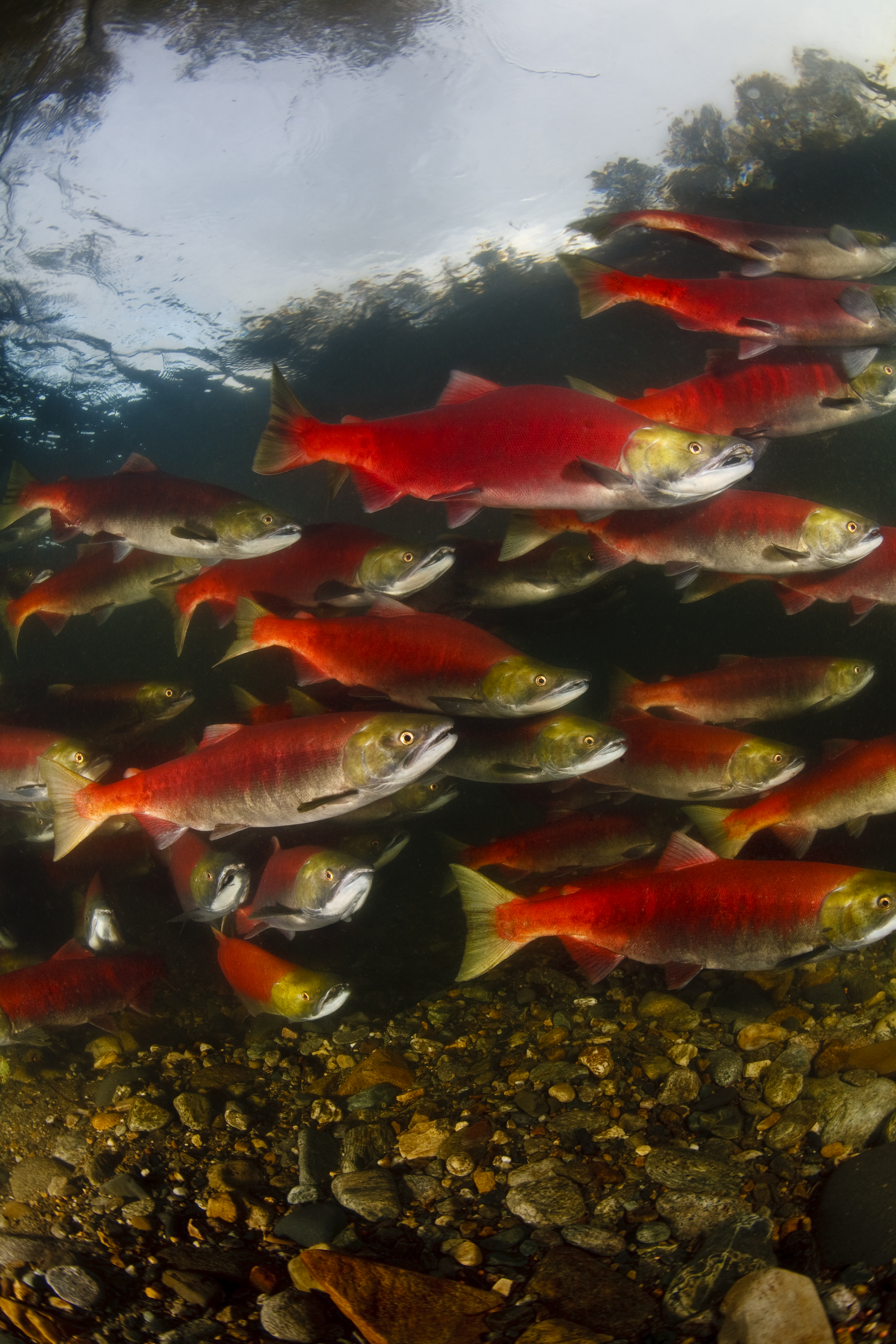
IS IT AN EMISSIONS CAP IF IT DOESN’T CAP EMISSIONS?
For years, the provincial government has touted its sectoral target for oil and gas producers as justification for continued fossil fuel extraction. It wants the industry to achieve a 33 per cent reduction in climate pollution below 2007 levels by 2030 or to emit no more than 9.3 megatonnes (MT). It’s already a smaller ask than for other businesses in B.C.
There’s never been a policy in place to ensure that actually happens. Until now, according to the provincial government. This year, it plans to introduce an emissions cap on the oil and gas sector. Of course, the only problem is the policy it’s proposing doesn’t actually cap emissions. Instead, B.C. plans to place a carbon price on emissions over a certain benchmark.
While it’s certainly better than nothing, this means companies can ramp up gas production and pollution as long as they pay to do so. It doesn’t necessarily get the industry to its target. And that will never happen if five more LNG terminals come online and tens of thousands of new wells are drilled in northeastern B.C. to fill them — even if those companies have to minimize pollution.
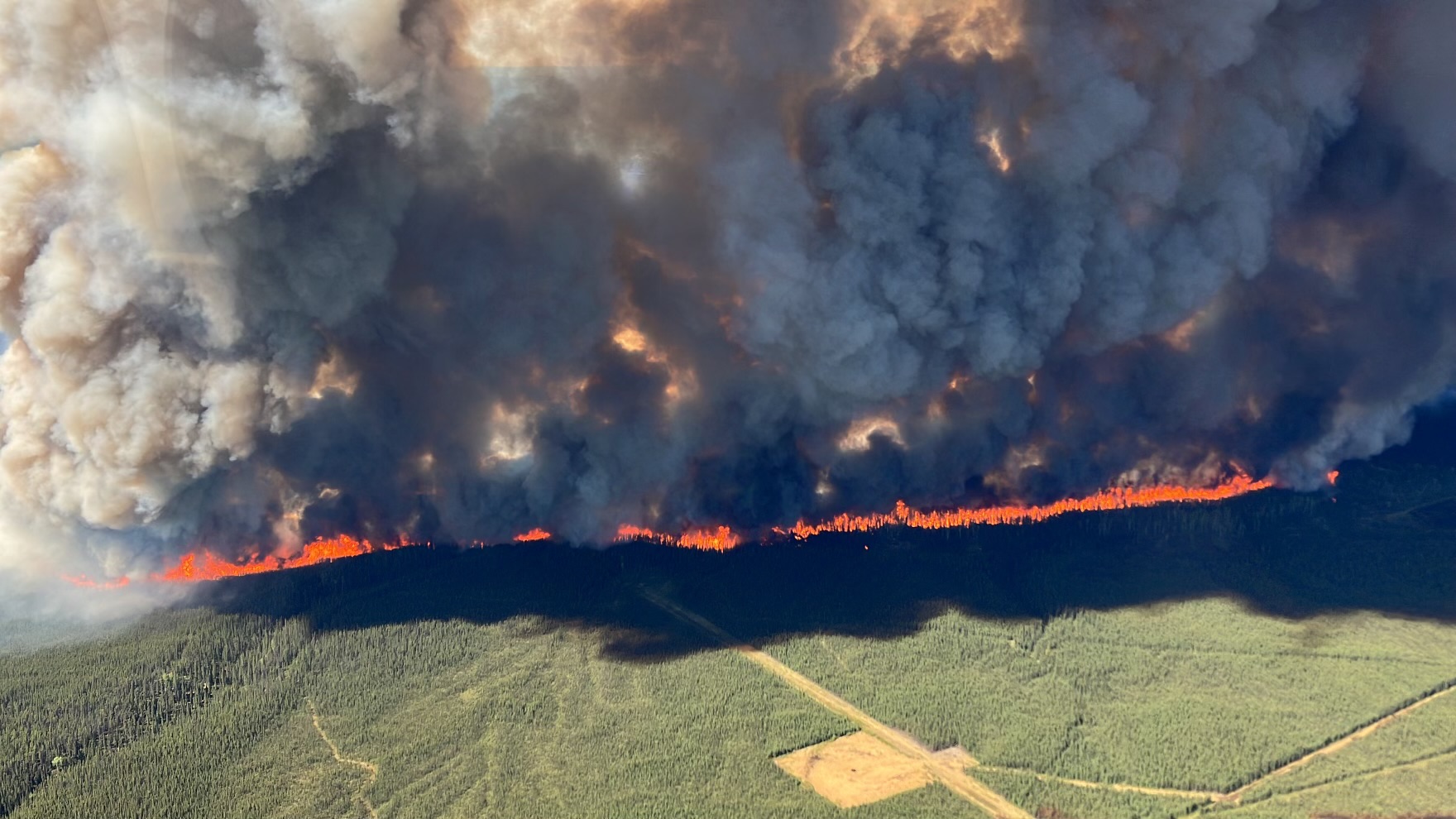
Maybe the province plans to set its carbon price high enough that it would prevent these projects from moving forward. It has not yet detailed how much it would charge. However, this approach would fail if global LNG prices rise or the province offers subsidies to offset the costs. Given public servants in charge of designing the policy are asking how they can maintain the industry’s competitiveness, that suggests they aren’t planning to use the carbon price to stop new LNG.
It’s been a decade since former premier Christy Clark pitched B.C.’s LNG as the world’s cleanest and disregarded her own government’s climate commitments to do so. Sadly, not much has changed in the province’s approach despite years of climate disasters that have cost British Columbians their homes and lives. This government still believes it’s fine to add more fossil fuel to there as long as it’s not as polluting as other producers. That logic only leads to climate catastrophe.
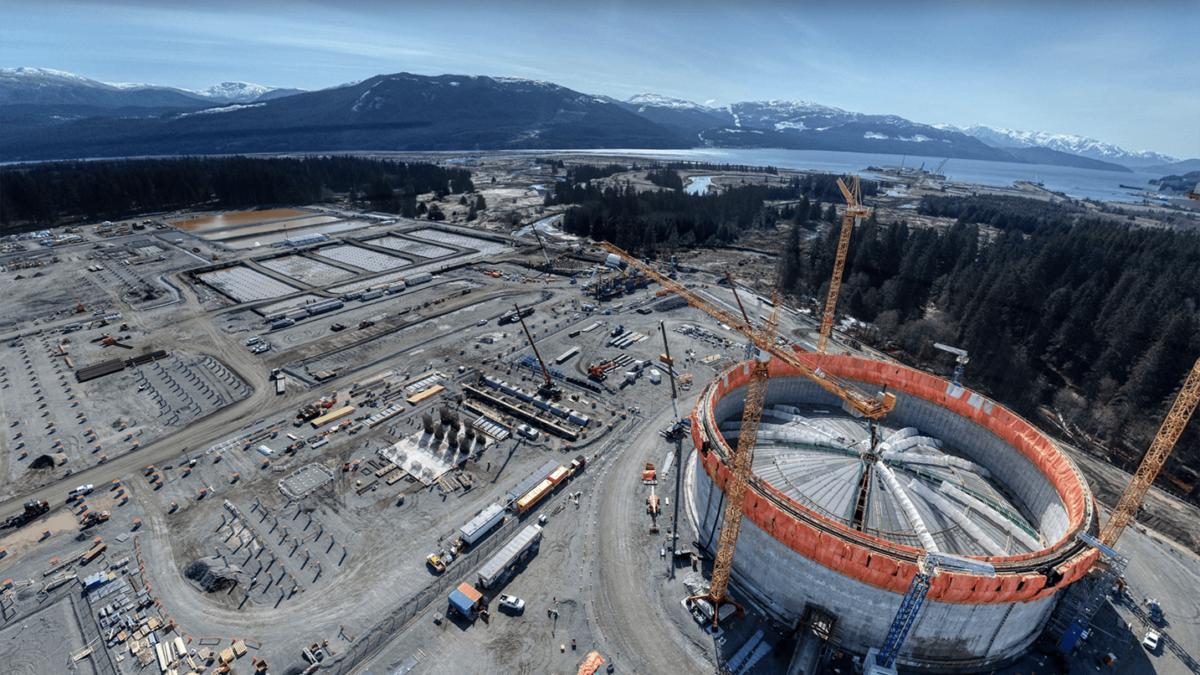
THERE’S NO SUCH THING AS NET-ZERO LNG
One of the most disingenuous pieces of the government’s climate plan is its assertion new LNG terminals will need to have “a credible plan to reach net-zero” — or cause no additional pollution for the atmosphere. That’s obviously not possible, given where the gas comes from, where it’s going, and how much of it escapes along the way. It’s a branding exercise to justify continued approval of more LNG even as the province promises to drive emissions down.
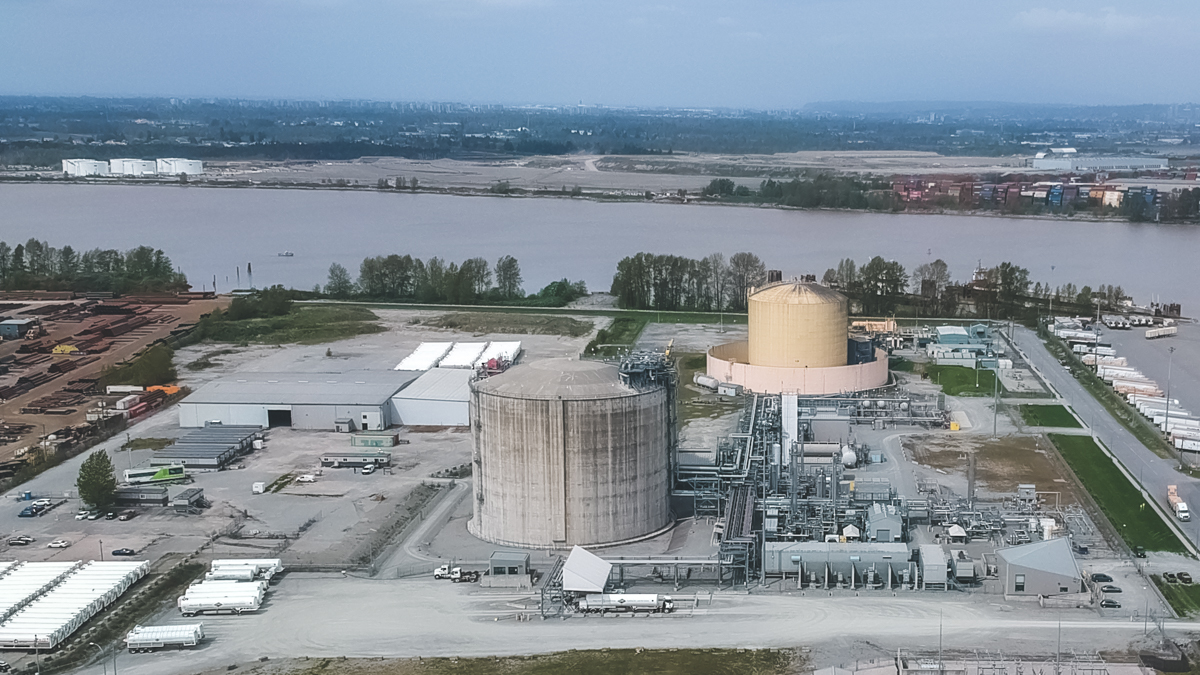
When the UN secretary-general tasked a group of experts to define net-zero in an attempt to preempt greenwashing from governments and industry, they were extremely clear. “Non-state actors cannot claim to be net-zero while continuing to build or invest in new fossil fuel supply. Net-zero is entirely incompatible with continued investment in fossil fuels,” reads their report.
B.C. will require LNG terminals that have not yet received permits to use any available technologies to limit emissions and then buy carbon offsets to fill the gap. These carbon offsets would come from protecting forests that have been storing carbon from the atmosphere long before these facilities are built. Maintaining that vital role does not, therefore, zero out pollution from new LNG.
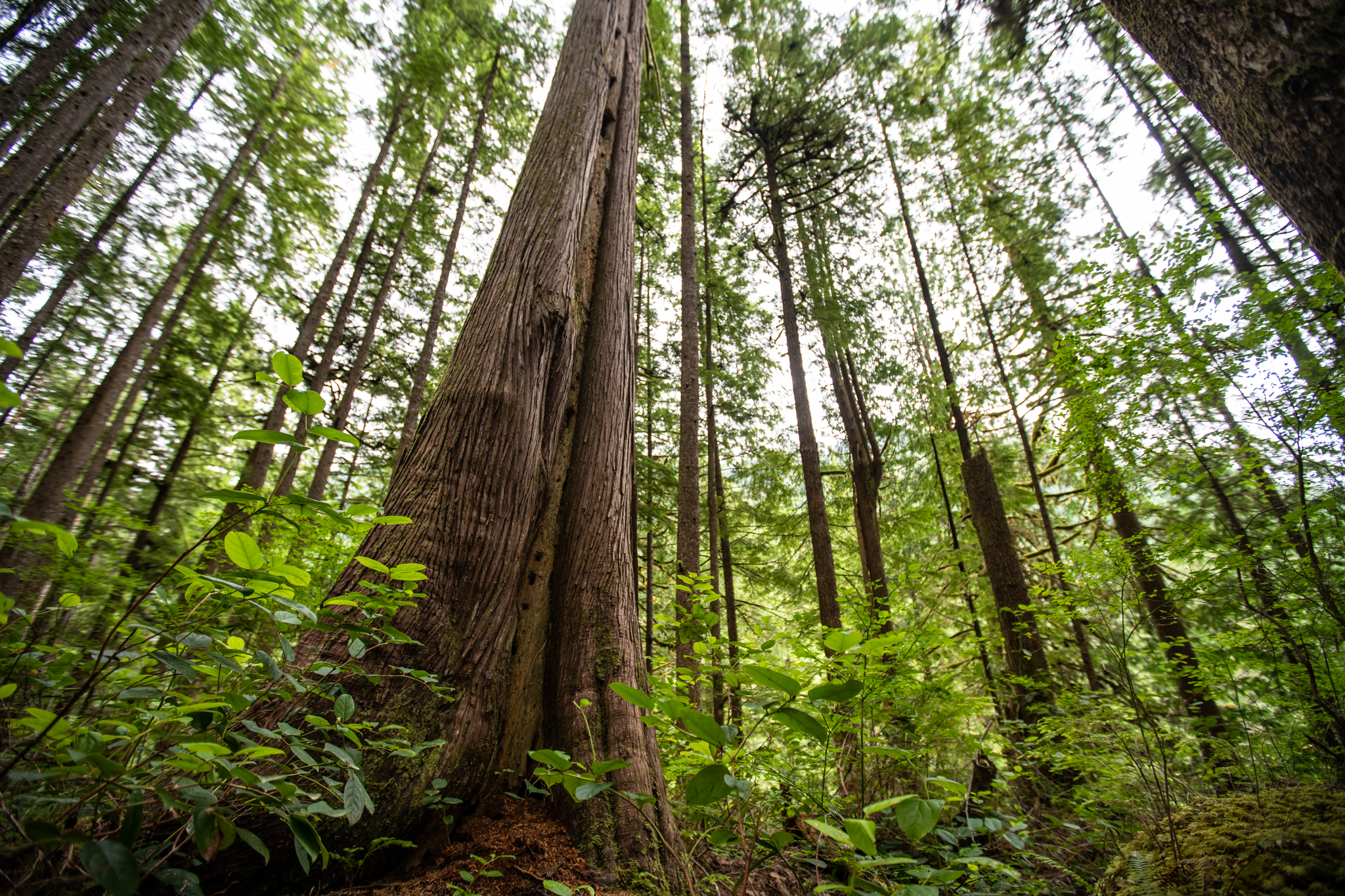
Meanwhile, these new rules only apply to pollution from the terminal itself. They ignore the methane that escapes into the atmosphere all along the process, from fracking wells and processing plants to pipelines and tankers — not to mention the emissions from the customers who burn it. Those sources represent the vast majority of emissions from LNG.
THE WORST POSSIBLE USE FOR CLEAN ENERGY
In most places, climate action involves cleaning up the electrical grid. On this front, B.C. has a large head start. We already have emissions-free energy, for which rivers across the province paid the price decades ago. Now we have better ways to generate electricity like wind, solar, tidal, geothermal and smaller-scale hydro. But running all our homes, businesses and machines on renewables will take a lot more of it.
That’s why the idea of using clean energy to extract and export fossil fuels is such a greenwashing farce. Only gas lobbyists could cook up something so asinine. They want to run their fracking operations and LNG plants on power from BC Hydro. Flooding the Peace River valley in northeastern B.C. for the Site C dam is for fracking companies to power their infrastructure — and it’s only the start if the gas industry gets its way.
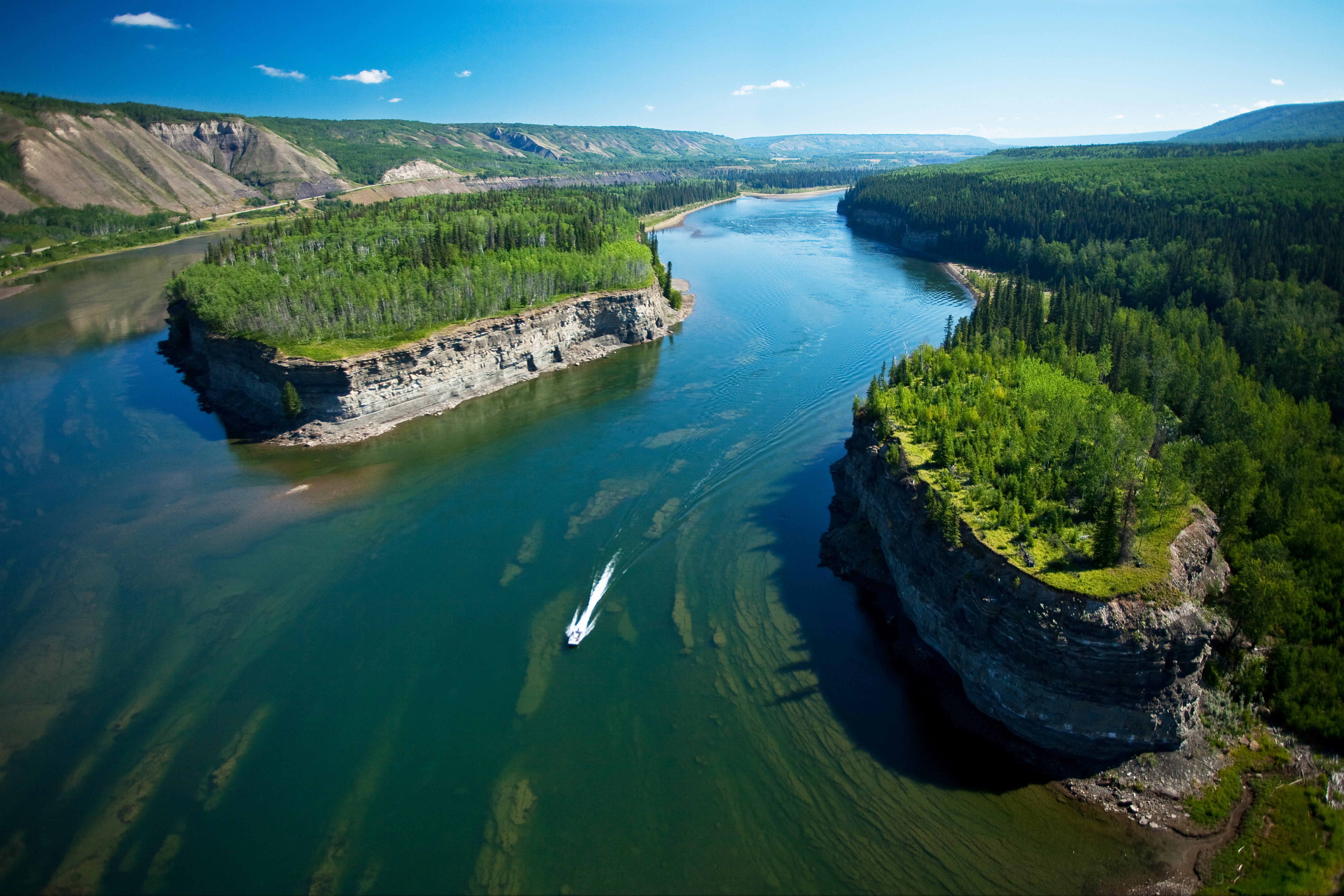
If all five proposed LNG facilities are built and run with power from BC Hydro, the province would need the equivalent of eight additional Site C dams just to power the gas industry. That’s clearly never going to happen. Even if it were possible to scale up clean energy generation and infrastructure at the pace and scale necessary to do that, it would have to happen at the same time as the province also needs to find electricity for heat pumps, electric vehicles and other clean technologies.
There’s simply no scenario where these LNG terminals move forward and B.C. is able to meet its climate commitments. Eby has to choose what matters more: his government’s credibility on the great challenge of our age or the fossil fuel industry’s desire to extract as much world-heating gas as possible.
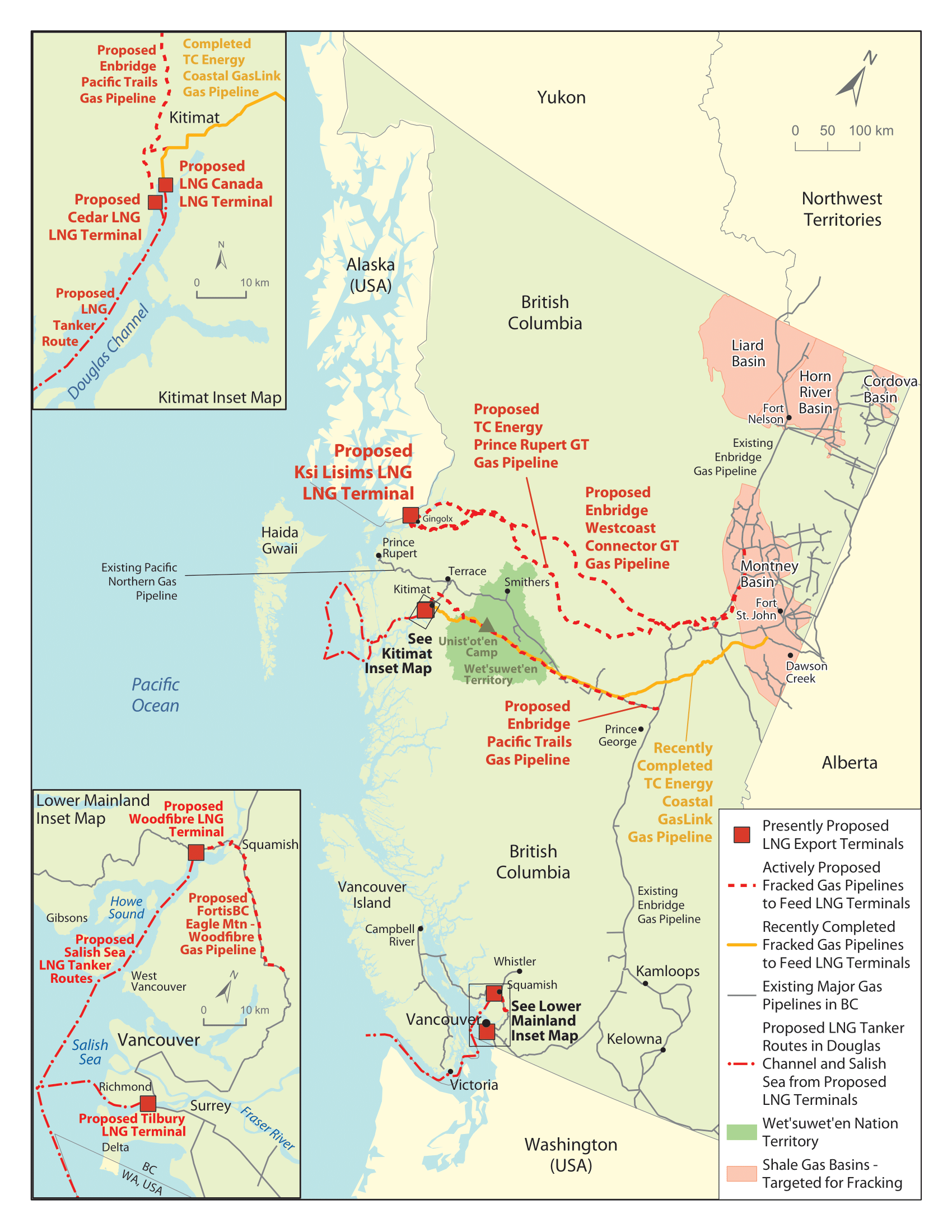
Finally, the question quickly becomes, who pays for this? With weak economics already, the gas industry won’t cover the costs of electricity generation, transmission lines, planning, maintenance and operations. Everyone in the province with a BC Hydro bill would have to subsidize the costs of connecting fracking operations and LNG facilities to clean power. Higher bills for working families must not greenwash the profits of a handful of gas companies.
GAS IS JUST MORE FOSSIL FUEL ON THE FIRE
At COP28 in Dubai, where the president of the global climate conference was the CEO of the Abu Dhabi National Oil Company, gas companies did everything in their power to prevent the world from officially declaring it would phase out fossil fuels. Despite all the claims of B.C. LNG proponents wanting to replace the polluting gas of their competitors, it was clear they were all playing for the same team.
From the Middle East to Australia, Texas to Norway, Russia and B.C., gas companies are singing the same sorry tune. “Their fossil fuels are not the problem. It’s those other countries driving climate change. They’re working to hit net-zero emissions” — all while extracting more and more of the fossil fuels responsible for climate change in the coming years. It’s a stall tactic that will only lead to an uninhabitable planet.
Global gas production needs to fall 29 per cent by 2030 and 54 per cent by 2050, according to the UN Environment Programme, and much faster if carbon capture technology doesn’t pan out as planned. While the International Energy Agency now predicts gas demand will peak this decade even if no new climate policies are introduced, it must decline now and plummet eight per cent a year after 2030 for the world to limit global heating to safe levels.
There is already more than enough LNG in operations and under construction for the rest of the decade, and if the world succeeds in reaching net-zero by midcentury, three-quarters of the LNG plants under construction now will never pay off their investment. Canadian gas production declines in any scenario where the country or the world meets its climate goals.
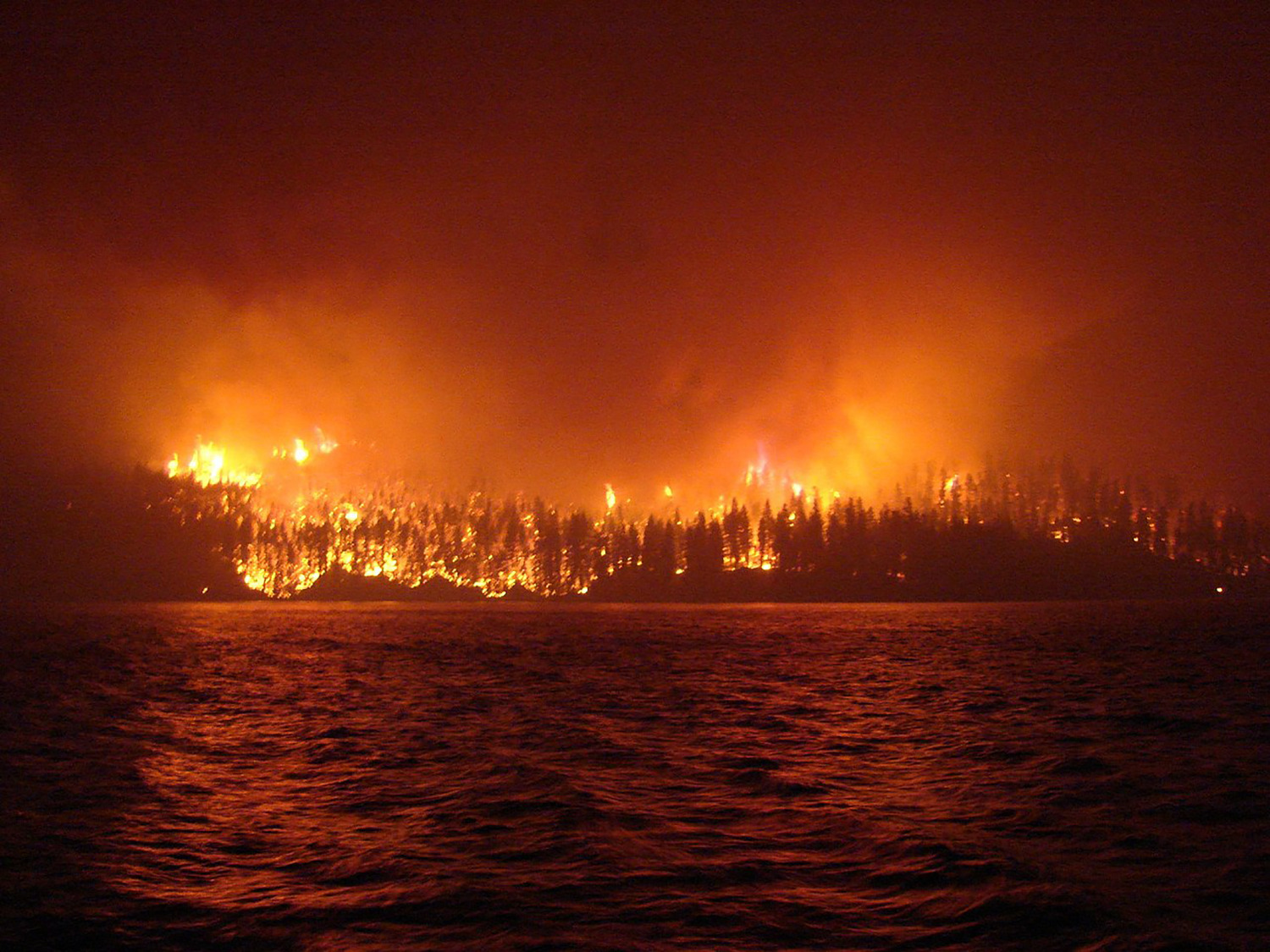
Because of leaks into the atmosphere, LNG actually heats the climate faster than coal. Methane is an extremely potent greenhouse gas responsible for around a quarter of climate change. While provincial and federal governments have promised to limit methane emissions, the gas continues to seep out from cracked well casings, machinery in processing plants, incomplete combustion in flare stacks, leaks from pipelines and pump stations, and it spews from tankers as it warms on their journey across the Pacific Ocean.
Research from the government and industry shows methane emissions from gas extraction in B.C. are 1.6 to 2.2 times higher than previously thought. That means switching LNG out for other fossil fuels, whether in power plants or marine shipping, offers no benefit to the climate. In fact, research shows gas becomes more polluting than coal, with a leakage rate of just 0.2 per cent. B.C.’s is more than double that. The leakage rate also doesn’t even include methane that leaks on the journey across the Pacific Ocean.
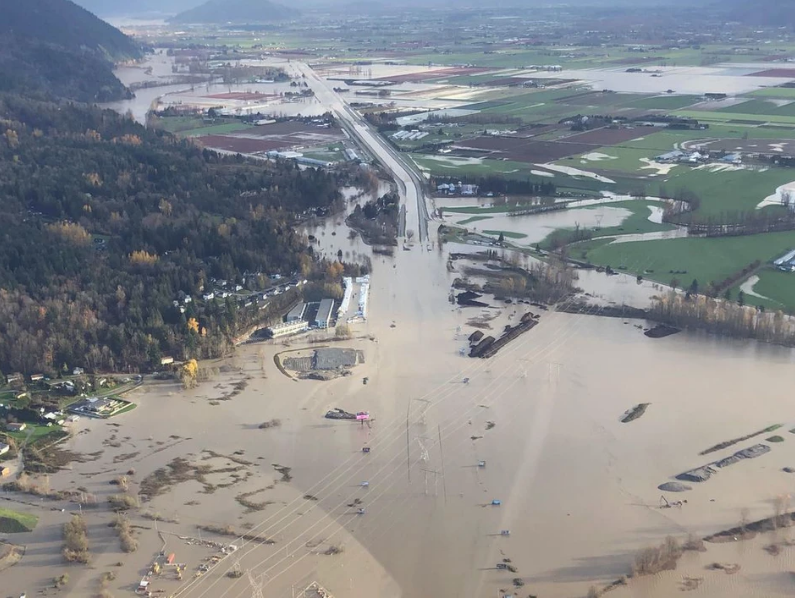
There’s little evidence B.C. LNG would actually displace coal, given it’s now competing with renewables or nuclear in countries like Japan and South Korea, which are its most likely customers. Meanwhile, building new gas power plants only locks in pollution for decades to come, when the priority needs to be replacing fossil fuel electricity with emissions-free sources. More fracking only means more methane in the atmosphere, more fossil fuels being burned for power and more climate disasters in the future.
INDIGENOUS PARTNERSHIPS WITH BC HYDRO OFFER LASTING PROSPERITY
Centuries of colonization have left many First Nations in a challenging position. Territories are degraded by resource extraction, urban settlement and climate change. Families struggle with the traumatic legacy of genocidal policies. Systemic racism and human rights violations have meant Indigenous people have been denied access to economic opportunities and the wealth that has been extracted from their lands and waters.
It’s hardly surprising some Indigenous leaders see gas development as a path to provide for their communities, employ their members and rebuild their cultures. First Nations like the Haisla and Nisga’a on the north coast of B.C. have invited gas companies to build LNG on their shores, though some affected neighbouring nations have never given their consent. Meanwhile, pipelines and fracking have violated the rights of Gitxsan, Wet’suwet’en and Treaty 8 Nations further upstream.
Unfortunately, LNG development only offers this promise if the world blows its last chance to maintain a safe climate. These proposals rely on gas demand forecasts that would be catastrophic for the planet, especially for Indigenous Peoples who rely on their lands and waters and who experience the worst impacts from climate disasters. With declining demand for gas as the world works to limit climate pollution, investing in LNG is an extremely risky proposition. That’s why the provincial and federal governments should not provide loan guarantees that would effectively put Canadian taxpayers on the hook if these projects go belly-up.
There has to be a way to unlock sustainable economic development to First Nations across northern B.C. that doesn’t jeopardize the fight against climate change, violate the rights of other nations or set communities up to fail when the world abandons fossil fuels. This province has tremendous potential for clean electricity and BC Hydro is about to need a whole lot more of it.
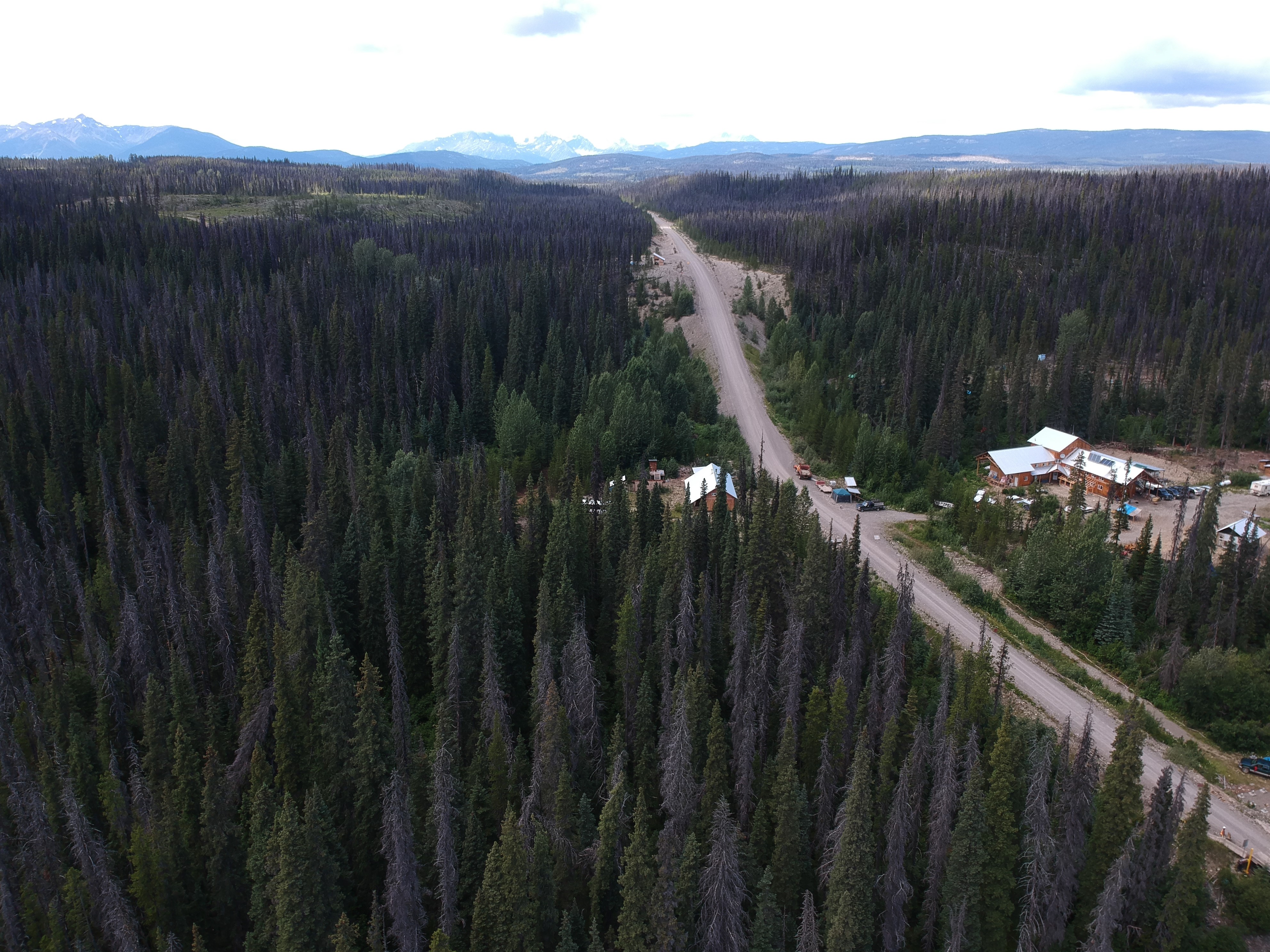
Partnering with First Nations on renewable energy projects — wind, solar, geothermal, tidal and certain hydropower — would enable climate action and further reconciliation. Indigenous leaders have called on the province to restart buying clean electricity from First Nations producers. This year, BC Hydro will issue its first call for power in 15 years, with a requirement for Indigenous participation in all new projects.
It’s critical in this conversation to maintain the financial health of our public utility. BC Hydro is our best weapon in the fight against climate change precisely because it can make decisions in the public interest rather than shareholders. But in an era of reconciliation, that has to include creating opportunities for Indigenous Peoples to produce clean electricity. Hopefully, some of the nations who are looking to LNG development for revenue can be the first to build offshore wind projects and help power the transition away from fossil fuels.
Take the fossil fuels out of B.C.’s climate plan
Let's fix the fracking hole in CleanBC
You and I know the LNG industry - and even our governments - are greenwashing LNG as a viable part of the CleanBC plan to reduce climate-changing carbon pollution. It's not.
Your donation today will go to work today to stop all new LNG projects and support a just transition away from fracking. Thank you today for making a healthy future possible.